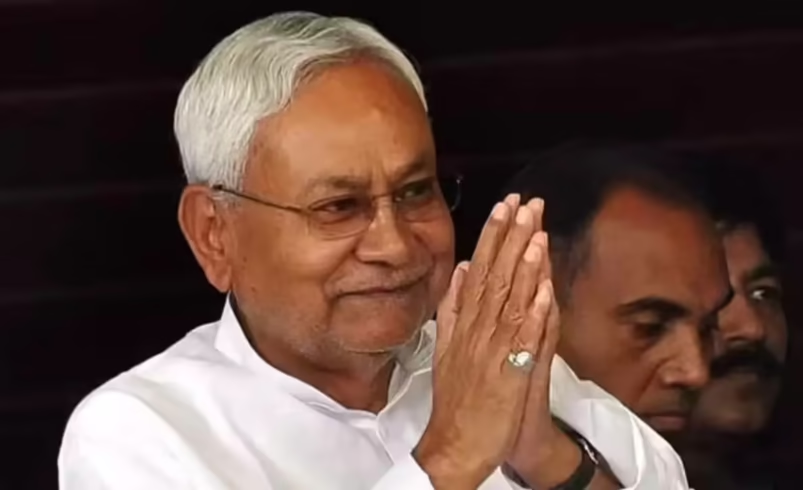Nitish Kumar’s uphill political battle in Bihar elections
- October 7, 2025
- 0

Bihar’s political landscape is witnessing renewed intensity as Nitish Kumar navigates a challenging electoral environment shaped by rival forces, shifting alliances, and voter skepticism. The contest pits the veteran leader against a resurgent opposition and emerging disruptors seeking to reshape the state’s political order.
The INDIA bloc, a coalition of opposition parties, faces a steep climb in Bihar as it strives to regain lost ground after recent electoral setbacks. Despite mounting efforts to consolidate support, the alliance struggles to counter the combined strength of the BJP-JD(U) partnership, which continues to benefit from incumbency and well-calibrated caste arithmetic.
Nitish Kumar stands at a critical juncture in his long political journey. Known for his pragmatic approach and adaptability, he now faces growing scrutiny over leadership consistency and voter fatigue. While his alliance with the BJP provides organizational stability, questions linger about whether this partnership can sustain its appeal amid evolving social and economic expectations across Bihar’s diverse electorate.
The Rashtriya Janata Dal (RJD) remains central to the opposition’s revival strategy. With its deep-rooted presence among key voter segments, the party seeks to channel dissatisfaction over governance issues into renewed momentum for the INDIA bloc. The RJD’s campaign emphasizes reconnecting with grassroots concerns while projecting itself as a credible alternative capable of steering Bihar toward inclusive development.
Adding further complexity is the emergence of Prashant Kishor (PK), whose political outreach has drawn attention across constituencies. His presence introduces an unpredictable variable into an already intricate contest. By engaging directly with local communities and advocating for systemic change, Kishor positions himself as an outsider challenging traditional power structures—a stance that could influence voter behavior in unexpected ways.
Caste alignment remains a decisive factor in Bihar’s elections, shaping both alliances and campaign narratives. The BJP-JD(U) combine continues to rely on carefully crafted social coalitions that have historically delivered electoral success. Meanwhile, opposition parties aim to leverage discontent among Muslim voters and other groups who feel marginalized by current policies or leadership decisions. This interplay of identity politics and governance performance will likely determine how the final vote tilts.
Beyond party rivalries, this election reflects deeper questions about Bihar’s political future—whether continuity or change will define its next chapter. For Nitish Kumar, maintaining credibility while managing coalition pressures is crucial; for the opposition, rebuilding trust among disillusioned voters remains paramount. As campaigning intensifies across districts, every speech, alliance move, and local issue could tip the balance in what promises to be one of Bihar’s most closely watched contests in recent years.
In conclusion, Bihar stands at a crossroads where established leadership meets rising challenges from both seasoned opponents and new entrants like Prashant Kishor. The outcome will not only shape state politics but also signal broader trends within India’s evolving democratic landscape—testing whether experience or disruption holds greater sway over voter aspirations this time around.